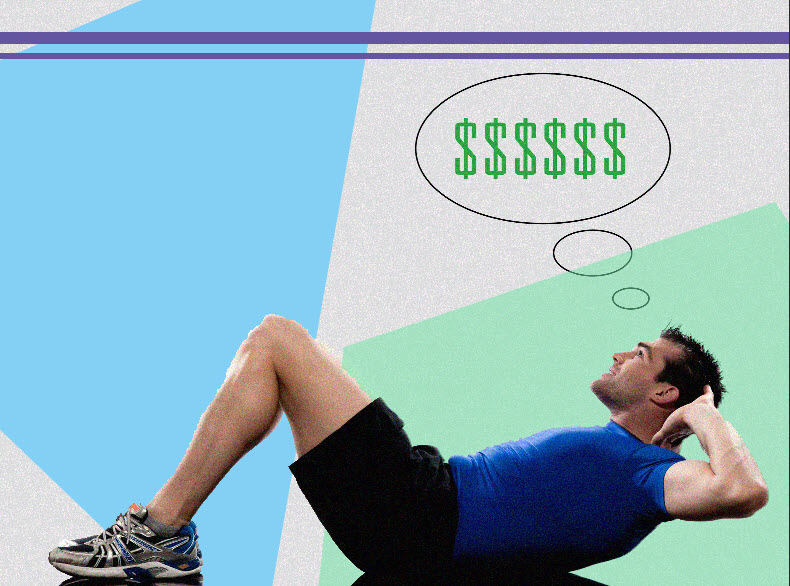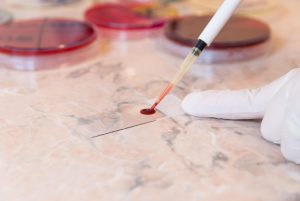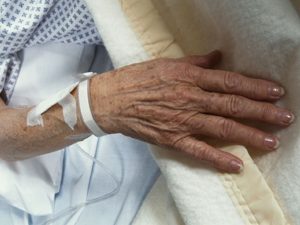Researchers at the University of Pennsylvania School of Medicine in the U.S. have been examining whether financial incentives may help increase the levels of physical activity among overweight and obese adults.
In a new study, 281 participants were each given the goal of reaching 7,000 steps per day for a 26-week study period. The average daily step count among American adults is 5000.
During the first 13 weeks, the participants were assigned to four groups. One had no financial incentive, while the “gain” group received $1.40 for every day the goal was achieved – or $42 per month.
There was also a “lottery” category – where people were entered into a daily draw with a prize that averaged $1.40 each day.
Lastly, there was a loss incentive group, where the participants started with $42 each month, and the researchers subtracted $1.40 for each day the aim wasn’t achieved.
For the final 13 weeks of the study, participants received feedback on their performance but were not offered any financial incentives.
Participants’ progress was tracked through a mobile app on their smartphones.
Results from the first half of the study showed that offering a daily reward or lottery was no more effective than offering no reward at all.
Participants in those groups only achieved the goal approximately 30 to 35 per cent of the time.
However, those who risked losing the reward they had already been given achieved the goal nearly 45 per cent of the time. This equated to an almost 50 per cent increase over the control group.
Senior study author Dr Kevin Volpp believes the findings demonstrate that the potential of losing a reward is a very powerful motivator.
“(The study) adds important knowledge to our understanding of how to use financial incentives to encourage employee participation in wellness programs,” he said.
The authors noted that 96 per cent of participants were still actively enrolled in the study even three months after stopping incentives, which may have important implications for the role that smartphones could play in deploying these programs on a broader scale.
“Our findings reveal how wearable devices and apps can play a role in motivating people to increase physical activity, but what really makes the difference is how you design the incentive strategy around those apps,” said Dr David Asch.
The authors added that future studies might compare the effectiveness of incentives when combined with other motivators such as team-based designs that rely on peer support and accountability.
Results were first published in the Annals of Internal Medicine.


























